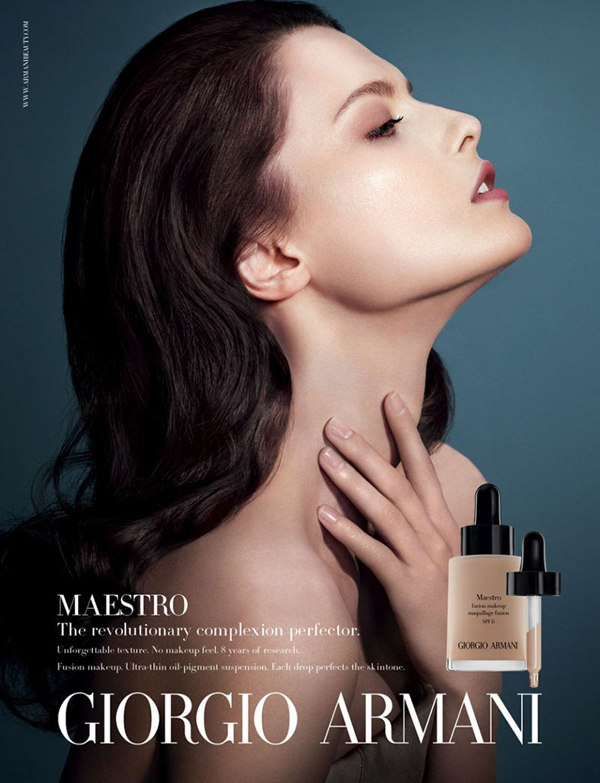
Products based on micelles are growing in popularity. What are they and what properties do they display? My today’s post is devoted to these mysterious ingredients. Read on.
I came across micelles for the first time a couple of years ago in some make-up remover. I guess their popularity started with face cleansing products. Since recently we can see them in other products e.g. shampoos but the word “see” doesn’t seem to fit as micelles are not visible to the naked eye.
Let’s get to know them better. What are micelles? What properties do they show? What effect do they produce? What role do they play in beauty products? Keep reading!
What are micelles?
Simply put, micelles are tiny molecules used in cleansing products: make-up removers, shampoos, face cleansing gels. Their ability to attract dirt particles is outstanding so they enhance the effect of products they are infused into. Micelles powerfully handle any type of dirt which is possible thanks to their structure.
Micelles have a hydrophobic core (attracts water and repels the grease) but their shell is hydrophilic (repels water and binds with the grease). This means that they attract and trap the grease but also handle all other types of dirt.
What makes micelles so effective?
The structures and properties of micelles make them very popular in hair and face cleansing products. What makes micelle-based products different from other cosmetics?
- They have a deeper cleansing effect because of attracting all types of dirt.
- They are more gentle as you don’t need rubbing or scrubbing to remove the dirt.
- They don’t leave a greasy film like cleansing milk or make-up removing oils.
- They don’t cause irritations because micelles – not detergents – act as cleansing agents.
Micelles in make-up removing products
Micellar formulas are usually made for removing make-up. They are popular as they brilliantly handle even waterproof make-up products that usually require removers that are more greasy and may congest the skin. On the other hand, a good micellar water clears your face of such products effortlessly. Micelles top other substances as they attract dirt like magnets, trap it and remove from the skin without rubbing and irritating the complexion. This lets you get rid of make-up and dirt that accumulates during the day in a gentle yet effective way.
Micelles in shampoos
Thankfully, there are also micellar shampoos that have taken the cosmetics market by storm because they give great effects and are very gentle at the same time. They eliminate one of the most common problems occuring when we use regular shampoos, namely, scalp irritations. Micelles cleanse the scalp mildly and without causing irritations unlike classic shampoos with detergents. What does this mean for us? A good micelle-based shampoo is a perfect pick for anyone who’s got sensitive scalp, suffers from dandruff and itchiness, for allergy sufferers and people who struggle to find a shampoo that thoroughly cleans the hair but also saves it from damage or scalp irritation.
How do I know which product is really based on micelles?
Micelles are regarded as separate substances and cosmetic ingredients which have a name in the INCI list. Unfortunately, this isn’t true. What are they then? How do we know a product holds them? “Micellar” is more of a type of formulation and the way of combining ingredients. A product is micellar when it cleanses in a way that is described above. We can’t check the list of components for that. We need to take the manufacturer’s word.










Leave a Reply